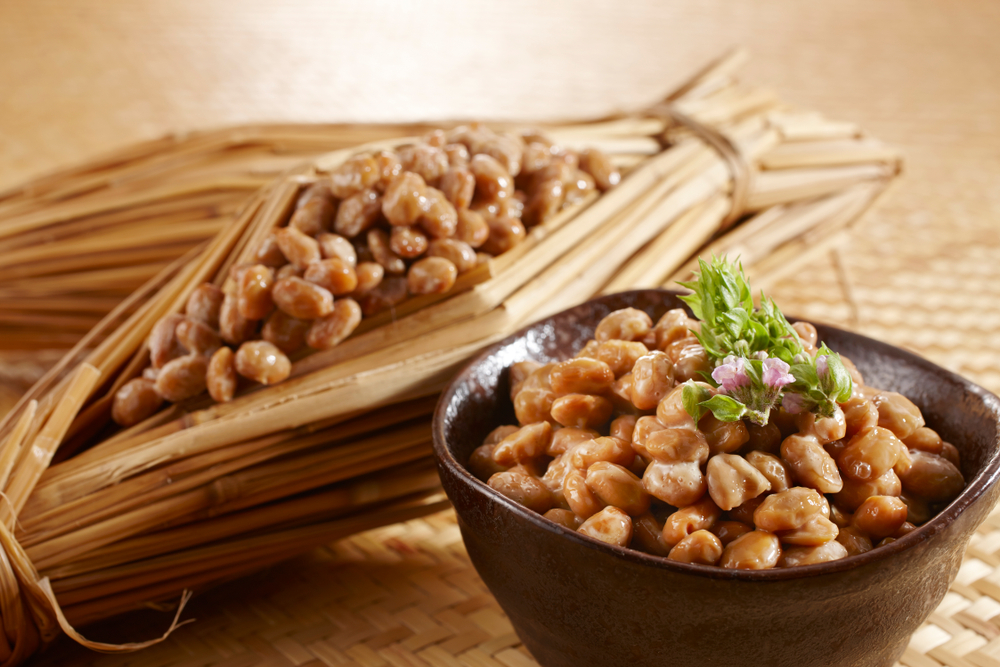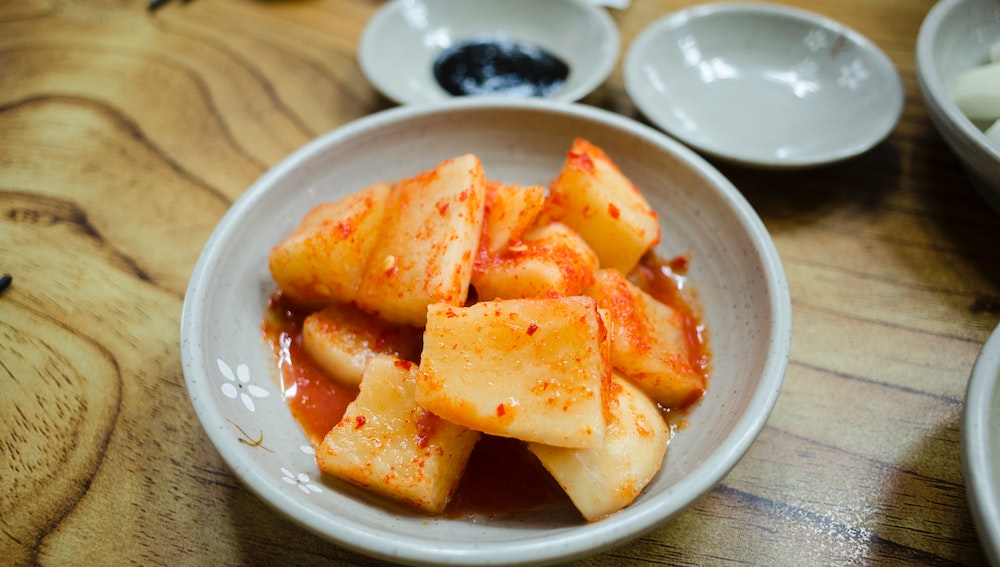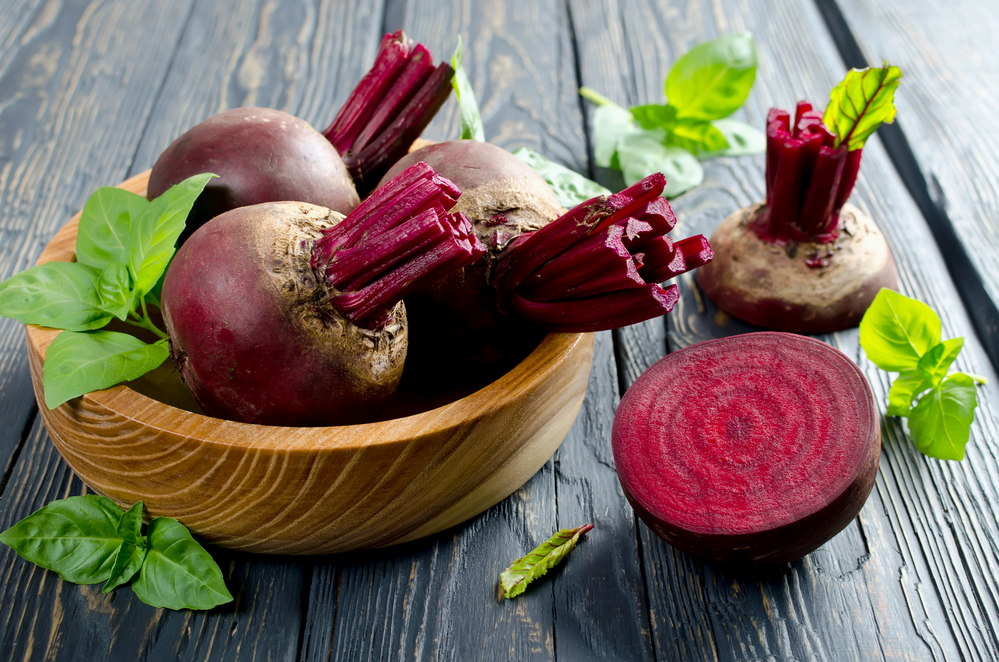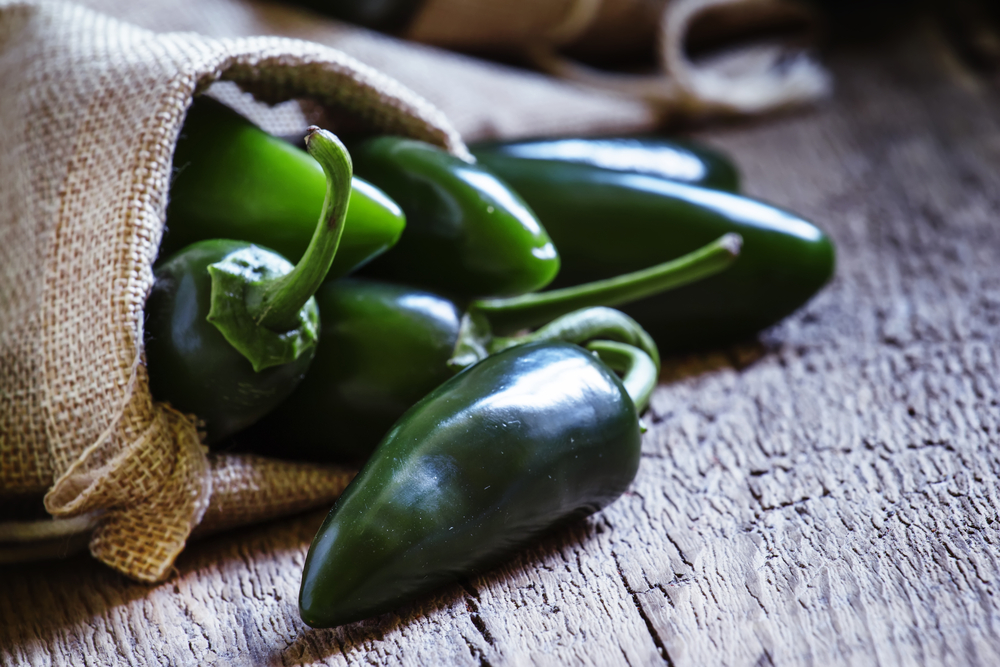Kimchi is a food that has been used as both an appetizer and a condiment since ancient times in Korea. It is a part of many dishes, and adds a pungent kick that manages to tie the other ingredients together.
If you happen to be cooking Korean food and don’t have any kimchi available, there are few other options you can resort to. Some of the best kimchi alternatives are sauerkraut, pickled jalapenos, radish kimchi, miso paste, tempeh, natto, fermented drinks, and pickled beets. You can even try making kimchi at home.
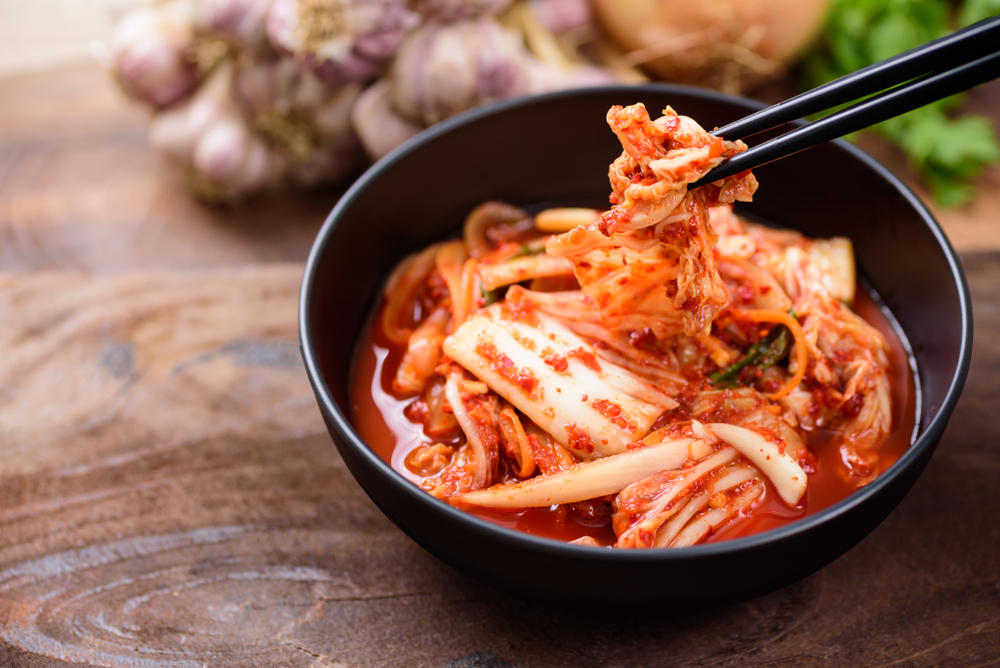
What is Kimchi Made Of?
Kimchi is made out of fermented vegetables, oftentimes cabbage. It is one of the healthiest foods in the world because it is full of probiotics that promote digestion. In addition, kimchi is low in sugar but high in fiber which can help you stay full for longer.
Some of the most popular ingredients included in kimchi are onions, ginger, Korean chili powder, and salted seafood. But, the possibilities are nearly endless. There are both mild and spicy varieties of kimchi available.
What Does Kimchi Taste Like?
The specific taste of kimchi will vary between people’s personal taste buds, as it has a very sharp flavor. Its texture is usually crunchy, and some people consider it to be tangy and spicy. Others may say kimchi is more sour. Either way, it is a very versatile food that can bring light to many dishes.
What Can You Use Instead of Kimchi?
1. Sauerkraut

Sauerkraut is made from fermented cabbage, which is commonly the base of kimchi. It also has the similar crunchiness that you can get from kimchi. Its flavor is somewhat sour (hence the name) so it can be comparable to some varieties of kimchi.
You can make your own sauerkraut by mixing salt and chopped cabbage, and letting it ferment for a few weeks. While it is fermenting, it releases lactic acid, which gives it the signature soury taste.
Some people like to add carrots or apples to their sauerkraut to make it sweeter, and others will recommend adding garlic. Typically, sauerkraut is eaten raw as a side dish for any meal. It can also be blended into a smoothie.
2. Pickled Jalapeños
If you like the heat that sometimes comes with kimchi, pickled jalapeños are a viable kimchi replacement for you. They typically have both the sourness and spiciness, characteristics that are shared with kimchi.
There are two common types of pickled jalapeños; fermented Galapagos and vinegar pickled jalapeños. The fermented ones are the most similar to kimchi, as they have gone through a similar fermentation process that kimchi has.
Vinegar pickled jalapeños, however, tend to be easier to find than the fermented Galapagos ones. Either type will work as a kimchi substitute in a pinch, but one thing to note is that they do not look like kimchi so it may change the visual aesthetic of your recipe.
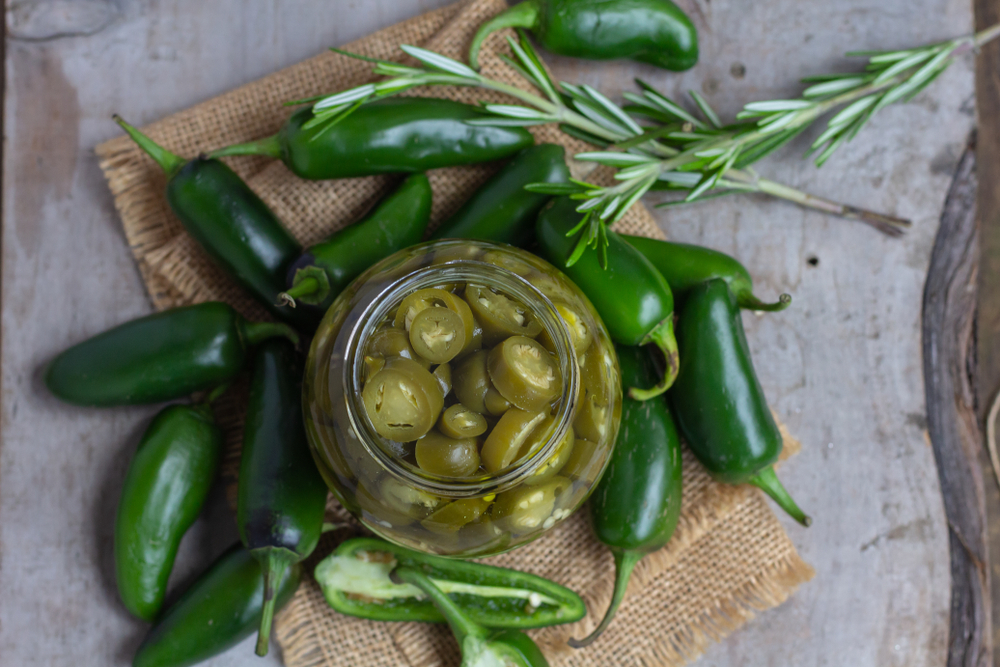
3. Radish Kimchi (Kkakdugi)
Cubed korean radish, or kkakdugi, is often used as a part of kimchi. So, it can also make for a reasonable replacement if you don’t have any (or you can use it to make your own). This type of korean cube radish is made of napa cabbage that has been salted, radish, scallions, and garlic.
This mixture of vegetables and spices will be shredded and brined with rice vinegar, sugar, and salt. After that, it is left to begin the fermentation process. The longer it ferments, the more sour it becomes. It can be eaten as an appetizer or an addition to soups, and is a very common ingredient to use in Korean cuisine.
4. Miso Paste
Miso paste is a food that is widely available at health stores or Asian grocery stores. Like kimchi, it is fermented and contains healthy bacteria. This gives it a similar tangy flavor that kimchi takes on. You can also add sugar and vinegar to miso paste to further replicate the taste of kimchi.
5. Pickled Beets
Of all the kimchi alternatives on this list, pickled beets are your best bet in getting something that has the same texture as kimchi. They have the same crunchiness and some of the same seasonings, like ginger and garlic.
They are not nearly as spicy as kimchi is, which can be a good or a bad thing depending on your preference. Their texture comes from being cooked and then pickled, and their taste has a subtle sourness which is comparable to kimchi. Pickled beets make a great side dish or add-in to salads, wraps, and sandwiches.
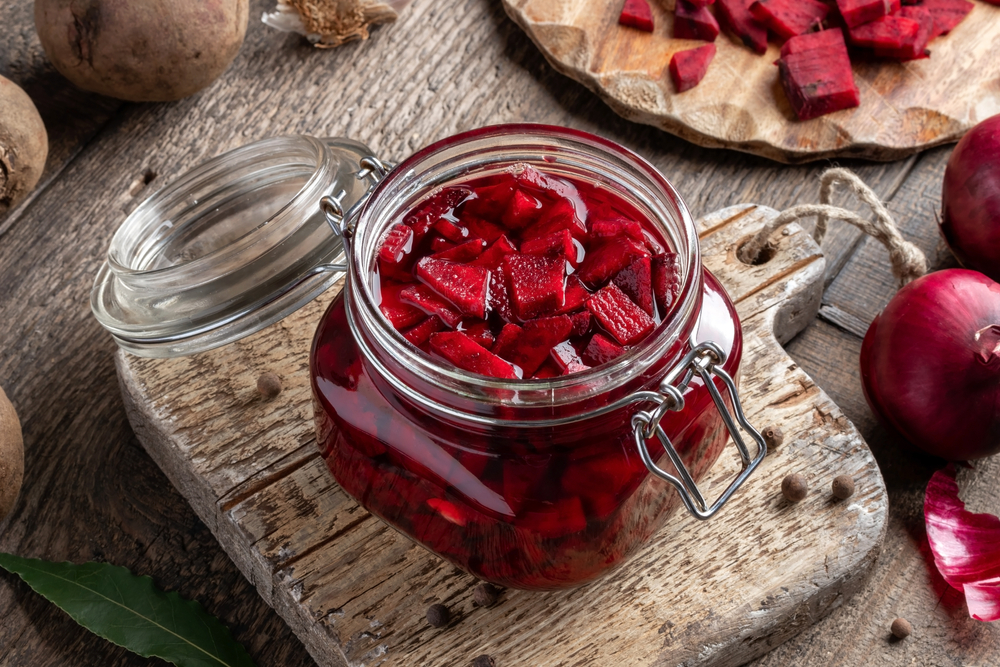
6. Tempeh
Tempeh has risen in popularity in recent years as a vegan meat replacement. It originated in Indonesia, and should not be very hard to find in stores. It is made from fermented soybeans, but doesn’t have the same tanginess that many other foods made in this fashion do.
Instead, tempeh is salty and savory. One thing to note about tempeh is that it needs to be cooked before serving, which can take some extra time, but also adds some crunchiness to it. Its texture can easily be changed, whether you want fine pieces as seasoning or bite-sized pieces.
7. Natto
The easiest food to compare natto to is miso paste. They are both made from fermented soybeans, but unlike miso paste, natto uses whole soybeans. It doesn’t change the texture too much, but it definitely has more texture than miso paste.
In natto, its taste has the same tanginess that miso paste has, but less sweetness. The consistency of natto is sticky and slimy, but this won’t be noticeable if you’re adding them into a recipe and not using natto as a side dish.
8. Fermented Drinks
While it sounds unlikely, if you’ve run out of options and need the fermented flavor that kimchi has to offer, you should consider using a fermented drink as a substitute for kimchi. Any sort of fermented drink will work, including kombucha or kefir.
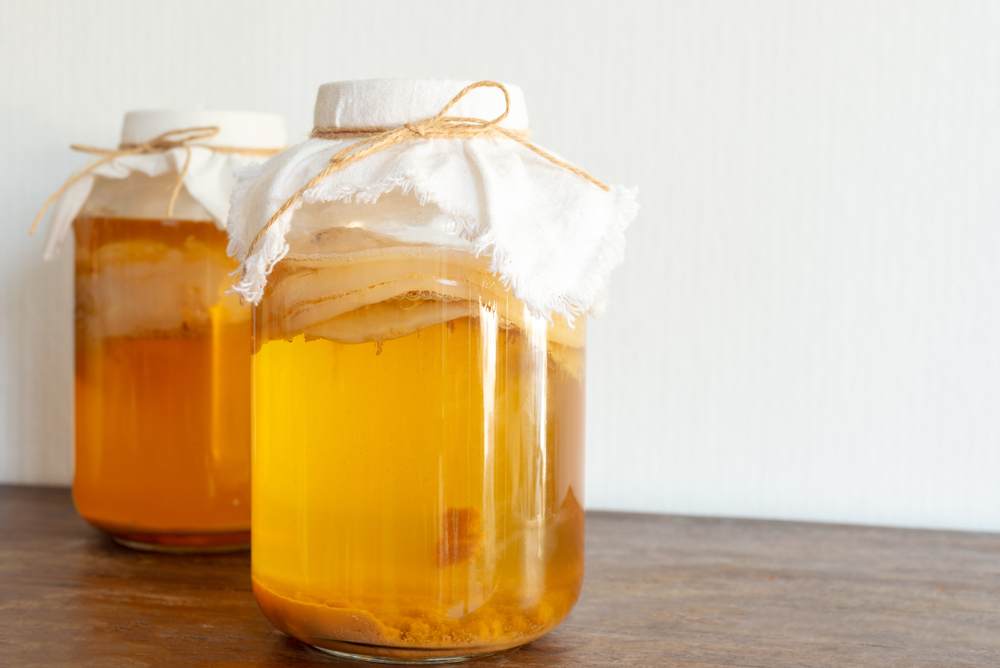
Kefir is a fermented drink made out of milk, which will add some extra creaminess to stews or soups. Water kefir is available as well, but is much more bland. Kombucha is a type of fermented sweet tea which can easily give your recipe some extra sweetness.
A benefit of using kombucha as a kimchi substitute is that many flavors are available, so you can customize your recipe however you wish. It will make the taste of your food more complex, leaving guests wondering what your special trick was.
9. Homemade Kimchi
While there are many alternatives to kimchi, none of them perfectly replicate the ancient Korean food. Some may have a very similar texture, and others may get close in terms of taste. But if you really want a kimchi alternative that feels exact, your best bet is to make it from home.
How to Make Homemade Kimchi
To make kimchi from scratch at home, you will need to ferment and season some cabbage. Napa cabbage is the most preferable type to use. Some of the best seasonings to use for kimchi are pepper flakes, garlic, and ginger.
A salted seafood, called jeotgal, is also a common seasoning used for kimchi. If you can’t find any, raw shrimp can work just fine in its place. First, you will want to coat the cabbage leaves (whole or shredded) with your preferred seasonings. Then, leave them in the fridge to ferment.

The minimum fermentation time for kimchi is two weeks, but the longer it is left to ferment, the more flavorful it will become. When storing kimchi, it is important to keep it away from other foods, as its aroma is very strong. It should also not touch any water, which can cause the veggies to spoil.
Related Questions
What should you eat kimchi with?
One of the main reasons that kimchi is beloved is because of its versatility. It can be eaten with pretty much anything you can think of. This includes on its own as a snack, or to brighten up blander foods like eggs or rice.
Kimchi can also serve as a topping for soups, pastas, or potato salads. It is coveted for pairing well with seafood and fried or grilled food, like French fries, omelets, and steak.
Do you eat kimchi hot or cold?
Kimchi can be eaten either hot or cold. Eating it straight out of the container when you first buy it is completely acceptable, or you can warm it up. It may be best to match the temperature of whatever you’re eating it with.
So if you’re using kimchi as an additive to rice, try warming it up a bit first so there isn’t much contrast between the temperatures.
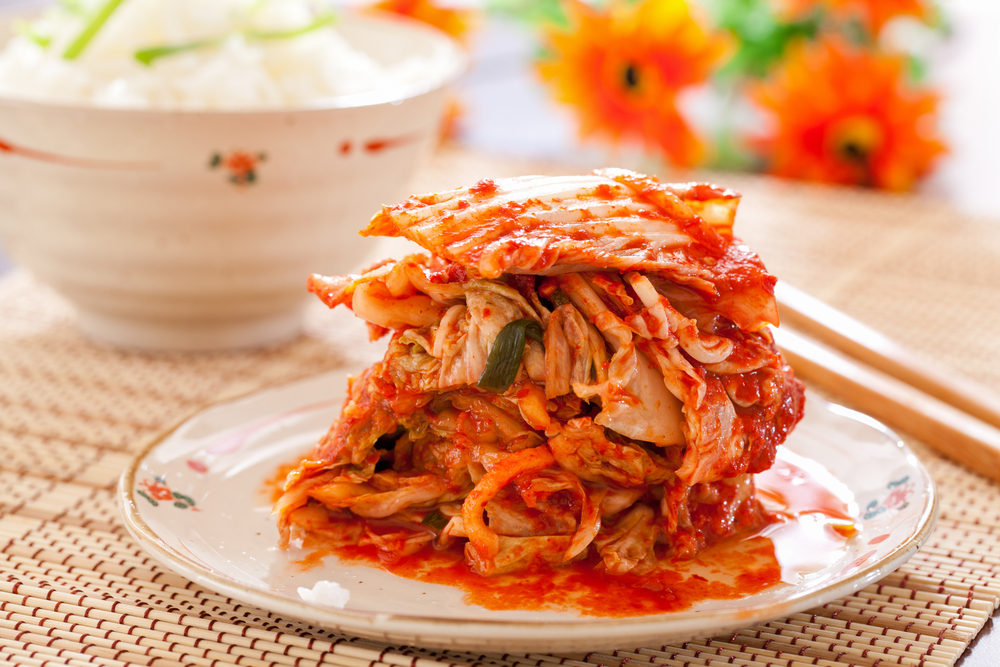
What happens if you eat too much kimchi?
Although kimchi has many health benefits, it is best to be eaten with moderation. Too much of anything is not good for your body, and kimchi is not an exception to this.
It can cause digestive troubles, and it also has a high sodium content. So people with high blood pressure should be especially careful about how much kimchi they consume.
Final Thoughts
Kimchi is a very versatile and healthy food that has been a part of Korean cuisine for thousands of years. It pairs well with basically any recipe you could think of, and if you’re cooking Korean food, there’s a good chance that recipe will call for kimchi too.
But, if you don’t have any kimchi on hand and can’t find any, there are plenty of replacements that work. Many of them are not exact copies, so be mindful of what you want to get from kimchi; whether it be the taste or the texture.


